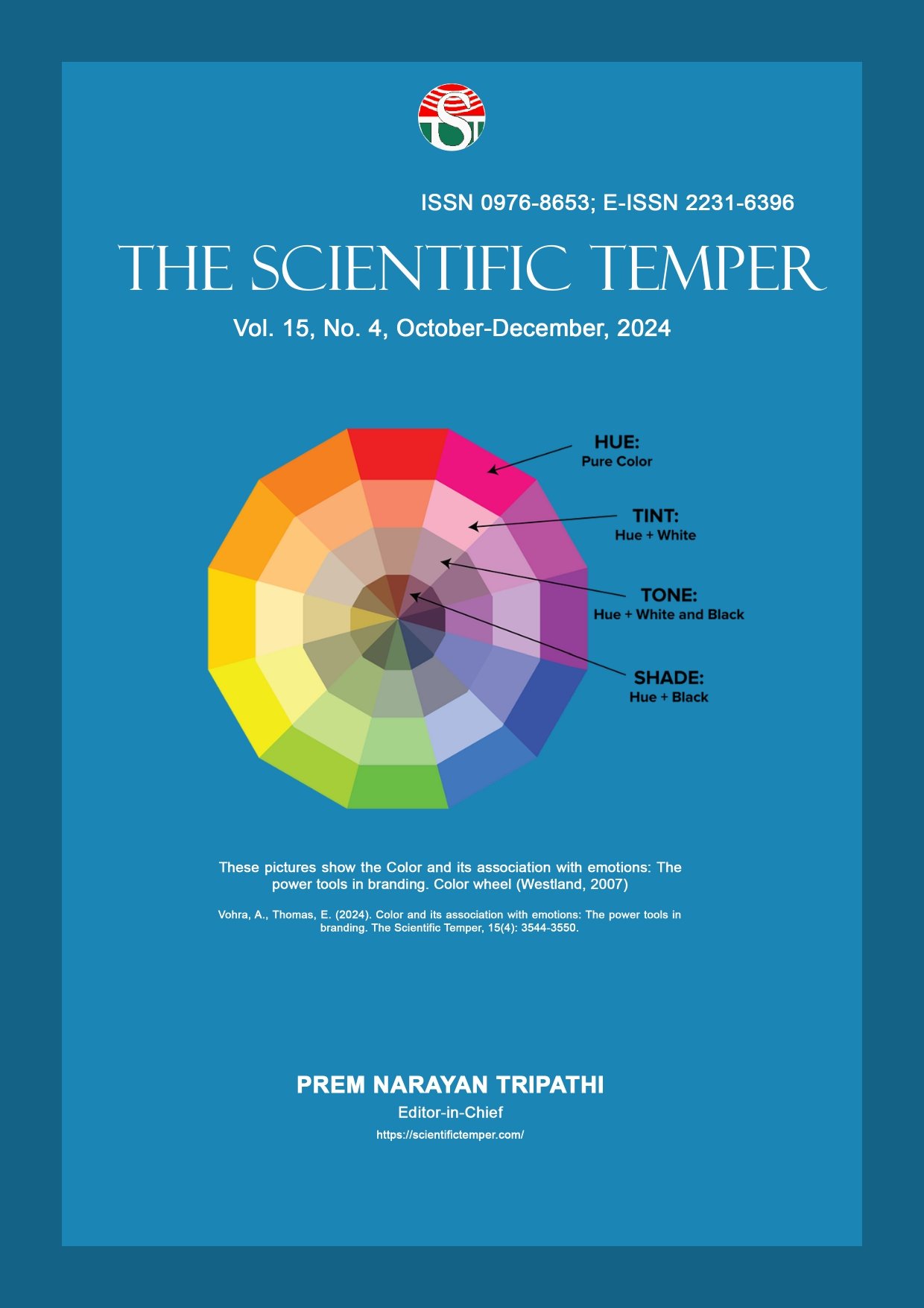Enhanced malicious node identification in WSNs with directed acyclic graphs and RC4-based encryption
Downloads
Published
DOI:
https://doi.org/10.58414/SCIENTIFICTEMPER.2024.15.spl.22Keywords:
Wireless sensor networks, Encryption technique, RC4, Directed acyclic graphs, Malicious node.Dimensions Badge
Issue
Section
License
Copyright (c) 2024 The Scientific Temper

This work is licensed under a Creative Commons Attribution-NonCommercial-ShareAlike 4.0 International License.
In wireless sensor networks (WSNs), ensuring secure data transmission while preventing malicious activity is a critical challenge. This paper presents a novel approach for the identification of malicious nodes in WSNs by integrating directed acyclic graphs (DAGs) with the RC4 encryption algorithm. DAGs are employed to establish a hierarchical structure that enables efficient data flow and tracking of communication patterns across the network. By utilizing DAGs, the system can monitor the consistency and integrity of data transmission, making it easier to detect anomalies caused by malicious nodes. The RC4 encryption algorithm further strengthens the approach by securing the communication between nodes, preventing unauthorized access and tampering. In combination, DAGs and RC4 provide a robust framework for both detecting malicious nodes and securing data exchanges. Experimental simulations demonstrate that the proposed approach enhances network security by identifying compromised nodes with high accuracy while maintaining efficient communication and low overhead. This method offers a scalable and secure solution for protecting WSNs from malicious threats.Abstract
How to Cite
Downloads
Similar Articles
- Sharanagouda N. Patil, Ramesh M. Kagalkar, Analysis of substrate materials for flexible and wearable MIMO antenna for wireless communication , The Scientific Temper: Vol. 15 No. 03 (2024): The Scientific Temper
- N. Ruba, A. S. A. Khadir, Session password Blum–Goldwasser cryptography based user three layer authentication for secured financial transaction , The Scientific Temper: Vol. 15 No. 01 (2024): The Scientific Temper
- K. Mohamed Arif Khan, A.R. Mohamed Shanavas, Optimizing IoT application deployment with fog - cloud paradigm: A resource-aware approach , The Scientific Temper: Vol. 15 No. 04 (2024): The Scientific Temper
- R. Selvakumar, A. Manimaran, Janani G, K.R. Shanthy, Design and development of artificial intelligence assisted railway gate controlling system using internet of things , The Scientific Temper: Vol. 14 No. 04 (2023): The Scientific Temper
- Raja Selvaraj, Manikandasaran S Sundaram, ECM: Enhanced confidentiality method to ensure the secure migration of data in VM to cloud environment , The Scientific Temper: Vol. 14 No. 03 (2023): The Scientific Temper
- Neeraj ., Anita Singhrova, Quantum Key Distribution-based Techniques in IoT , The Scientific Temper: Vol. 14 No. 03 (2023): The Scientific Temper
- UMA SHANKAR SHUKLA, AN INFLATED PROBABILITY MODEL FOR INFECTION , The Scientific Temper: Vol. 10 No. 1&2 (2019): The Scientific Temper
- Sabeerath K, Manikandasaran S. Sundaram, ESPoW: Efficient and secured proof of ownership method to enable authentic deduplicated data access in public cloud storage , The Scientific Temper: Vol. 15 No. 04 (2024): The Scientific Temper
- N Sasirekha, Jayakumar Karuppaiah, Yuvaraja Thangavel, KG Parthiban , Classification of mammograms by breast density , The Scientific Temper: Vol. 14 No. 03 (2023): The Scientific Temper
- A. Jabeen, A. R. M. Shanavas, Hazard regressive multipoint elitist spiral search optimization for resource efficient task scheduling in cloud computing , The Scientific Temper: Vol. 15 No. 02 (2024): The Scientific Temper
<< < 1 2 3 4 5 6 7 8 9 10 > >>
You may also start an advanced similarity search for this article.
Most read articles by the same author(s)
- Rekha R., P. Meenakshi Sundaram, Trust aware clustering approach for the detection of malicious nodes in the WSN , The Scientific Temper: Vol. 15 No. spl-1 (2024): The Scientific Temper
- R. Kalaiselvi, P. Meenakshi Sundaram, Machine learning-based ERA model for detecting Sybil attacks on mobile ad hoc networks , The Scientific Temper: Vol. 15 No. 04 (2024): The Scientific Temper


